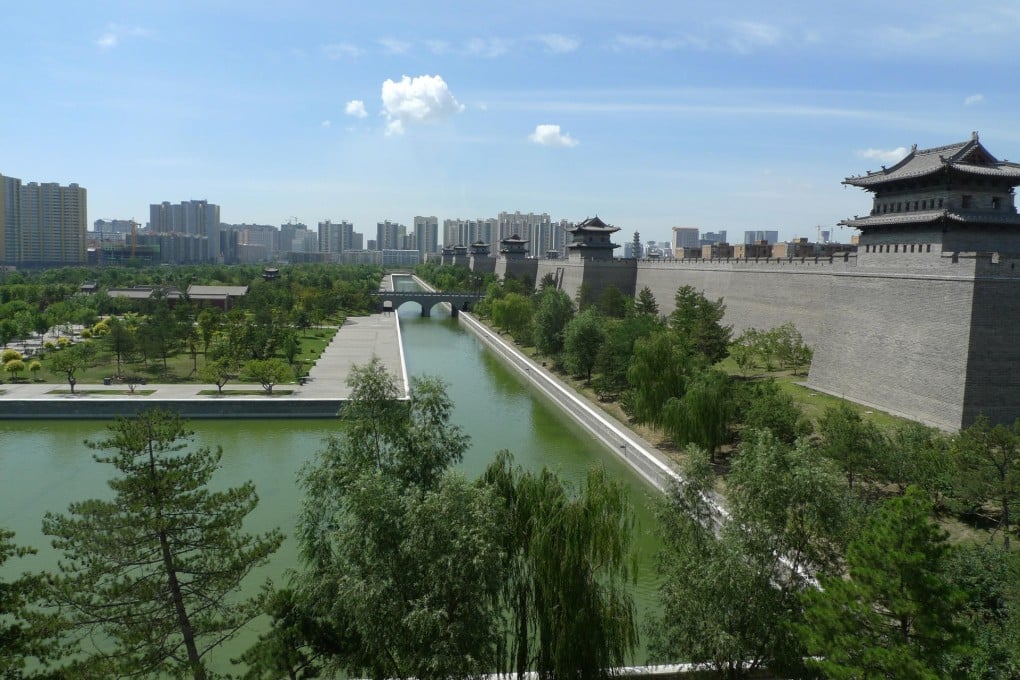Fake it to make it
An ambitious mayor's grand plan to rebuild Datong's old city in a tourist-pleasing 'historical' style might have put the once flourishing capital on the road to ruin, writes Yuan Ren

he wall that encloses Datong's old city is almost impressive - encircling an area of 3.3 sq km it is perfectly polished and sharp-edged. An ancient city's outer wall is often its most historic feature, but this particular one is brand spanking new and unfinished: a gap in its western stretch ranging hundreds of metres is waiting to be sealed up.
Lying at the heart of contemporary Datong, the old city was almost unrecognisable until a few years ago, except for a handful of surviving monuments lost between shabby multi-storey buildings. But as China's capital for three separate dynasties, Datong was once home to royal palaces, gardens and temples. The spectacular Yungang Grottoes, a Unesco world heritage site of ancient Buddhist art and carving, are a reminder of its past.
Today's Datong, in Shanxi province, is a third-tier city of 3.3 million people, with a vastly expanded urban area of almost 50 sq km. In recent decades, mass and indiscriminate rebuilding, alongside a booming mining industry that gained Datong the label "China's capital of coal", also made it one of the country's grittiest cities.
Six years ago, Datong's then newly appointed mayor, Geng Yanbo, set out to restore its glorious history: to resurrect the old city of Datong.
At the height of the mainland's property boom, Datong was abuzz with construction. But in February last year Geng left to take up mayorship in Taiyuan, the capital of Shanxi province, leaving behind a landscape pockmarked by construction. His departure prompted thousands of residents to plead for his return, many on their knees begging for him to finish what he had begun.
dynasty, 1,600 years ago, Datong was a beautiful capital. It continued to thrive in the Liao and Jin dynasties, and later regained prominence as a major strategic centre in the Ming dynasty (1368-1644). Falling into decline thereafter, continual warfare and neglect had engendered a state of chaos by the early 1900s. Datong's fortifications, heavily damaged but still intact until the mid-19th century, were slowly torn down.
But with its epic revival, Datong would regain its Ming-dynasty splendour, building on the geometric layout that had survived from those times. Wide intersecting streets running along the central axis split the city into quadrants, which further divide into a network of lanes and alleys. Within this, symbolic landmarks such as the Drum and Bell towers (of which only the Drum Tower survives), multi-tiered and symmetrically positioned, loomed over a predominantly flat landscape. Wooden gates and archways framed major streets and denoted neighbourhoods in which locals traversed bustling lanes of commerce, visiting one of the countless temples that dotted the city. To the east stood the 180,000 square metre Prince's Palace, its jade-green rooftops a majestic sight. But from every angle, the city wall was the most recognisable view. Atop this, an array of 62 watchtowers, jutting out at regular intervals, formed a formidable line of defence.